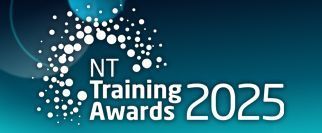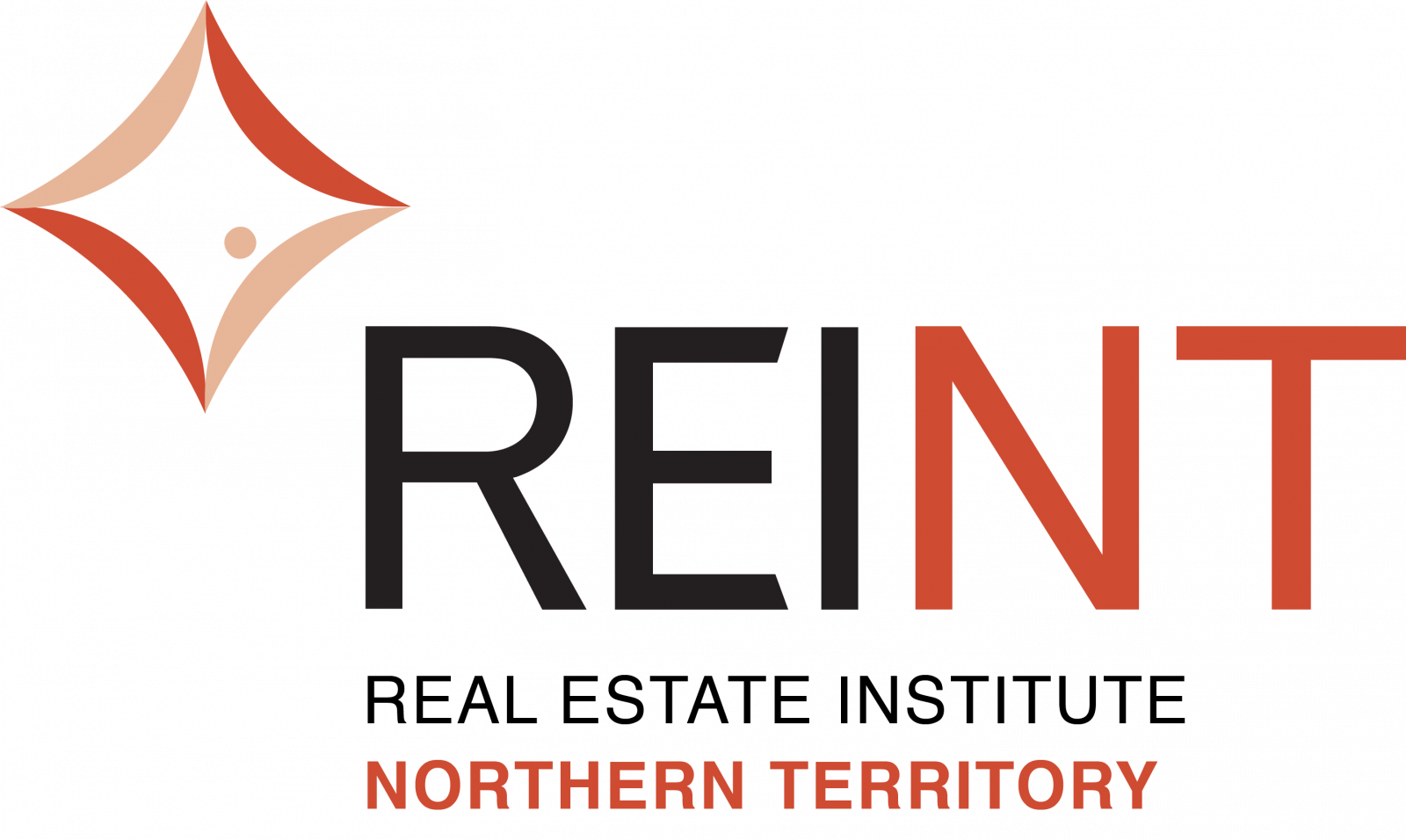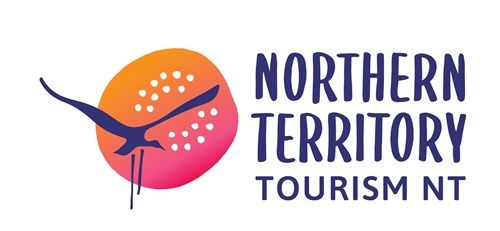ISACNT is an independent, not-for-profit organisation dedicated to strengthening the Northern Territory’s workforce through workforce development, supporting training package development, promoting vocational education and training, and providing advice and intelligence.
Supporting Workforce Development and Industry Capability
Identifying jobs in demand
Finding the right skills in the right place at the right time is a challenge.
Each year, Industry Skills Advisory Council NT (ISACNT) consult with NT businesses and peak industry associations to better understand their challenges in attracting, retaining, and upskilling workers.
The intelligence gathered from industry, provides ISACNT with the recommendations for the Northern Territory Government to help inform the annual NT Skilled Occupation Priority List (NT SOPL), and influence government policy and funding decisions that best supports industry.
You can contribute to the development of the 2026 NTSOPL by completing our online survey.
NT Industry Sectors
Click on your industry to learn more about workforce trends or connect to your relevant industry association.










